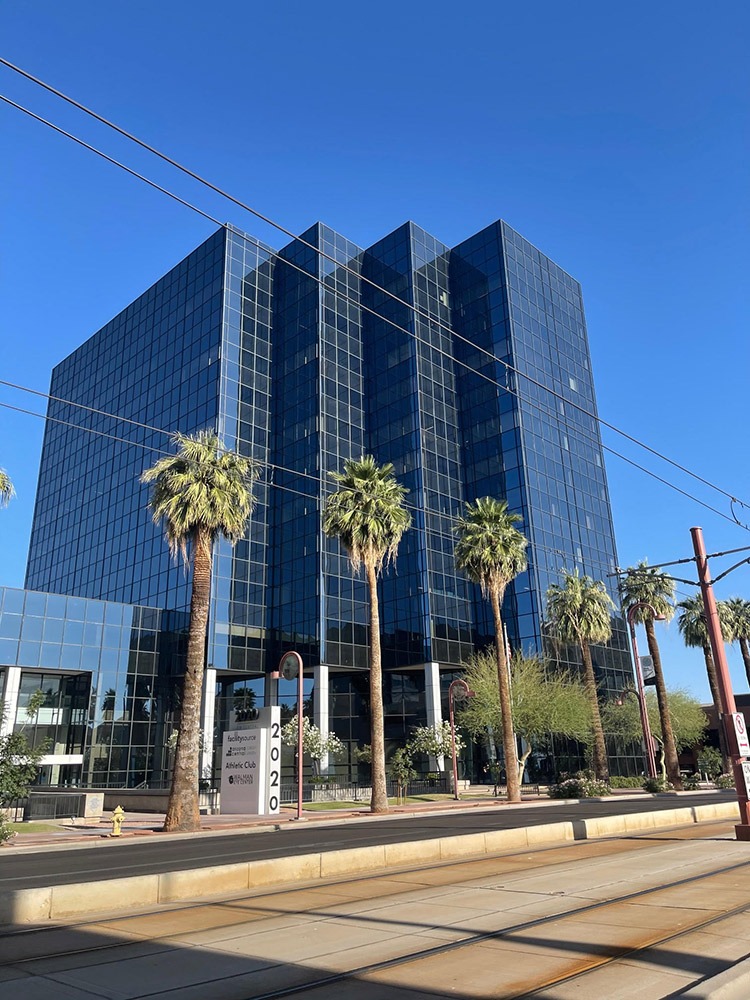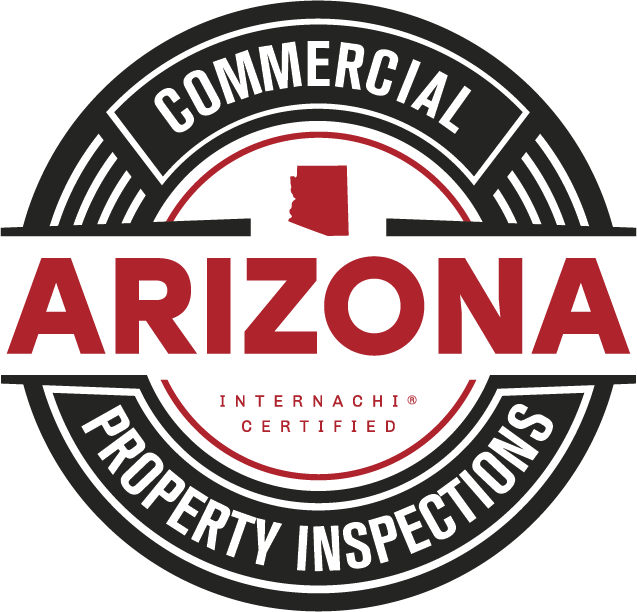Maintaining a commercial building is a continuous task that requires regular attention to ensure its structural integrity, safety, and functionality. One of the most effective ways to manage this is by hiring a professional inspector for routine maintenance inspections. But how often should these inspections take place? Let’s explore the factors that influence inspection frequency and the benefits of regular professional maintenance inspections.
Why Regular Maintenance Inspections Are Important
- Safety: Regular inspections help identify potential safety hazards, such as structural weaknesses, fire hazards, or electrical issues, before they become serious problems.
- Longevity: Proactive maintenance extends the lifespan of building components and systems, saving money on costly repairs and replacements.
- Compliance: Keeping up with local building codes and regulations ensures compliance and avoids legal issues.
- Energy Efficiency: Inspections can identify areas where energy efficiency can be improved, leading to reduced operational costs.
- Asset Value: Regular maintenance preserves and enhances the value of your property.
Factors Influencing Inspection Frequency
Several factors determine how often you should schedule maintenance inspections for your commercial building:
- Building Age: Older buildings typically require more frequent inspections due to the increased likelihood of wear and tear.
- Usage Type: The purpose and usage of the building can affect inspection frequency. High-traffic areas or buildings with specialized equipment may need more frequent inspections.
- Climate: Buildings in areas with extreme weather conditions, such as heavy rainfall, snow, or high humidity, may require more frequent inspections to check for weather-related damage.
- Building Size: Larger buildings or complexes may need more frequent inspections to cover all areas adequately.
- Previous Maintenance History: Buildings with a history of frequent issues or neglected maintenance might require more regular inspections initially.
Recommended Inspection Frequency
While the ideal frequency can vary, here are general guidelines for scheduling professional maintenance inspections:
- Annual Inspections: At a minimum, schedule a comprehensive maintenance inspection once a year. This annual check-up covers the building’s overall condition, including structural components, roofing, HVAC systems, electrical systems, plumbing, and safety features.
- Semi-Annual Inspections: For buildings with high usage, older structures, or those located in harsh climates, consider semi-annual inspections. These inspections ensure that any emerging issues are caught and addressed promptly.
- Quarterly Inspections: Certain commercial buildings, such as healthcare facilities, manufacturing plants, or those housing sensitive equipment, may benefit from quarterly inspections. These frequent check-ups help maintain strict safety and operational standards.
- Special Inspections: After major events such as storms, earthquakes, or significant renovations, schedule a special inspection to assess any damage or ensure that all work complies with building codes and standards.
Key Areas of Focus During Inspections
During a professional maintenance inspection, the inspector will examine several critical areas:
- Structural Integrity: Checking for foundation cracks, signs of settling, or other structural issues.
- Roofing: Inspecting for leaks, damaged shingles, or pooling water.
- HVAC Systems: Assessing the condition and performance of heating, ventilation, and air conditioning systems.
- Electrical Systems: Ensuring wiring, outlets, and panels are in good condition and meet safety standards.
- Plumbing: Checking for leaks, pipe corrosion, and proper drainage.
- Safety Features: Verifying that fire alarms, sprinkler systems, emergency exits, and other safety features are functional and up to code.
- Exterior Elements: Examining the building’s exterior, including windows, doors, and façade, for signs of damage or wear.
Benefits of Hiring a Professional Inspector
- Expertise: Professional inspectors have the knowledge and experience to identify issues that may not be apparent to the untrained eye.
- Detailed Reporting: They provide comprehensive reports with detailed findings and recommendations for repairs or improvements.
- Objective Assessment: A professional inspection offers an unbiased evaluation of your building’s condition.
- Preventative Maintenance: Early detection of issues allows for timely and cost-effective repairs, preventing more significant problems down the line.
Conclusion
Regular maintenance inspections by a professional inspector are essential to ensure the safety, efficiency, and longevity of your commercial building. While the frequency of these inspections can vary based on factors such as building age, usage, climate, and previous maintenance history, a general guideline is to schedule at least annual inspections, with more frequent check-ups for buildings with higher risks or more intensive usage. By prioritizing regular inspections, you can protect your investment, maintain compliance with regulations, and create a safe and comfortable environment for occupants.

